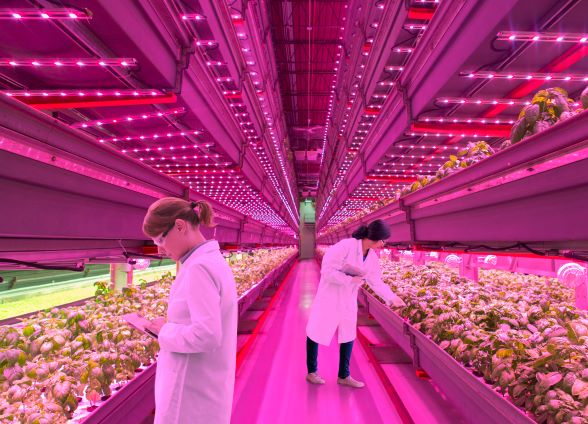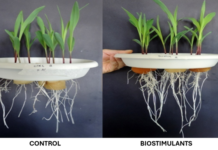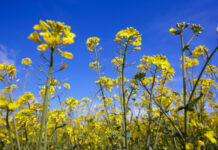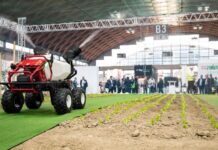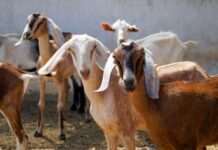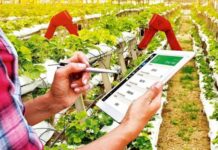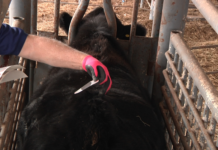Image SOURCE ‘Osram’
Light is crucial for most life-forms. Plants relay on light for photosynthesis. Utilizing artificial light to support this process enables farmers to control the development, shape, and flowering period of plants. The quantity of light, its spectral composition and light duration have an effect on plant properties in the growth process. Therefore, lighting is a crucial variable in today’s horticultural industry. While High-Pressure Sodium (HPS) based lighting is still widely spread, farmers and greenhouse owners increasingly experience the benefits LED based lighting solutions offer in comparison. These include a more targeted influence through specific color spectrums and wavelengths, lower power consumption and longer lifespan, resulting in lower maintenance and operational costs.
Optimizing the conditions for plants is important to any grower aiming to achieve two of the key goals: a maximum yield in quantity and quality (e.g. yield per harvest, fruit size, weight, color and flavor) and control of speed, cost and material efficiency (e.g. time to germinate, cycles per season, minimizing water and energy per plant, speed of growth). The LED can provide these benefits by additionally saving around 30% electrical energy compared to HPS fixtures.
Lighting systems are key to support these goals, especially in tightly packed growing environments. HPS lamps produce over 100 lm/W, but over a wide wavelength range. The high power consumption and the heat of HPS luminaires also demand a significant distance between light source and plants, leaving them primarily suitable for top-lighting. LED based solutions in comparison produce almost no heat and can therefore also be used for multi-layer or ‘vertical’ cultivation.
Since the discovery that the spectrum of light offered to plants can change plant properties (for example, blossom and fruit growth rates), there has been an enormous increase in the interest by the horticultural industry in LEDs.
Plants predominantly use blue light (430 to 490 nm) and red light (640 to 700 nm) for photosynthesis and producing energy, but also have other absorption bands e.g. around 730 nm in the infrared range. This range controls plant growth, among other things. The right mix and the temporary addition of certain wavelengths – adapted specifically to the individual needs of the plant – can then trigger the desired effect in line with the grower’s goals.
LEDs are particularly well suited to this application field. Leading experts for horticulture LED technology, such as OSRAM Opto Semiconductors, over the last decade have broadened their portfolio and provide options for all types of plants, enabling the grower to adapt the light exactly to the needs of various crops.
Today, LED lighting can stimulate plant growth by up to 40 per cent. As LEDs are very energy-efficient and have a longer life-span they also save costs and are an environmentally friendly alternative to standard horticultural lighting.



